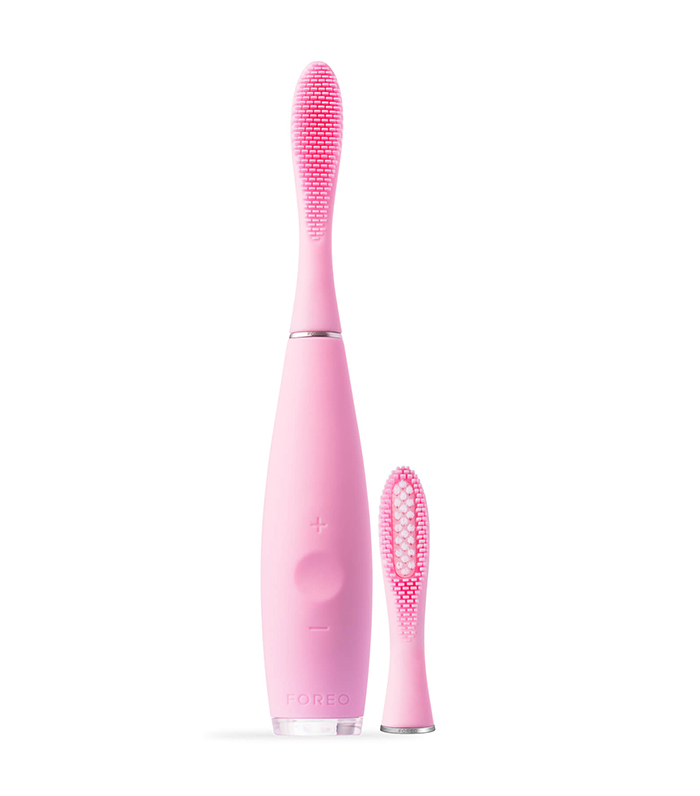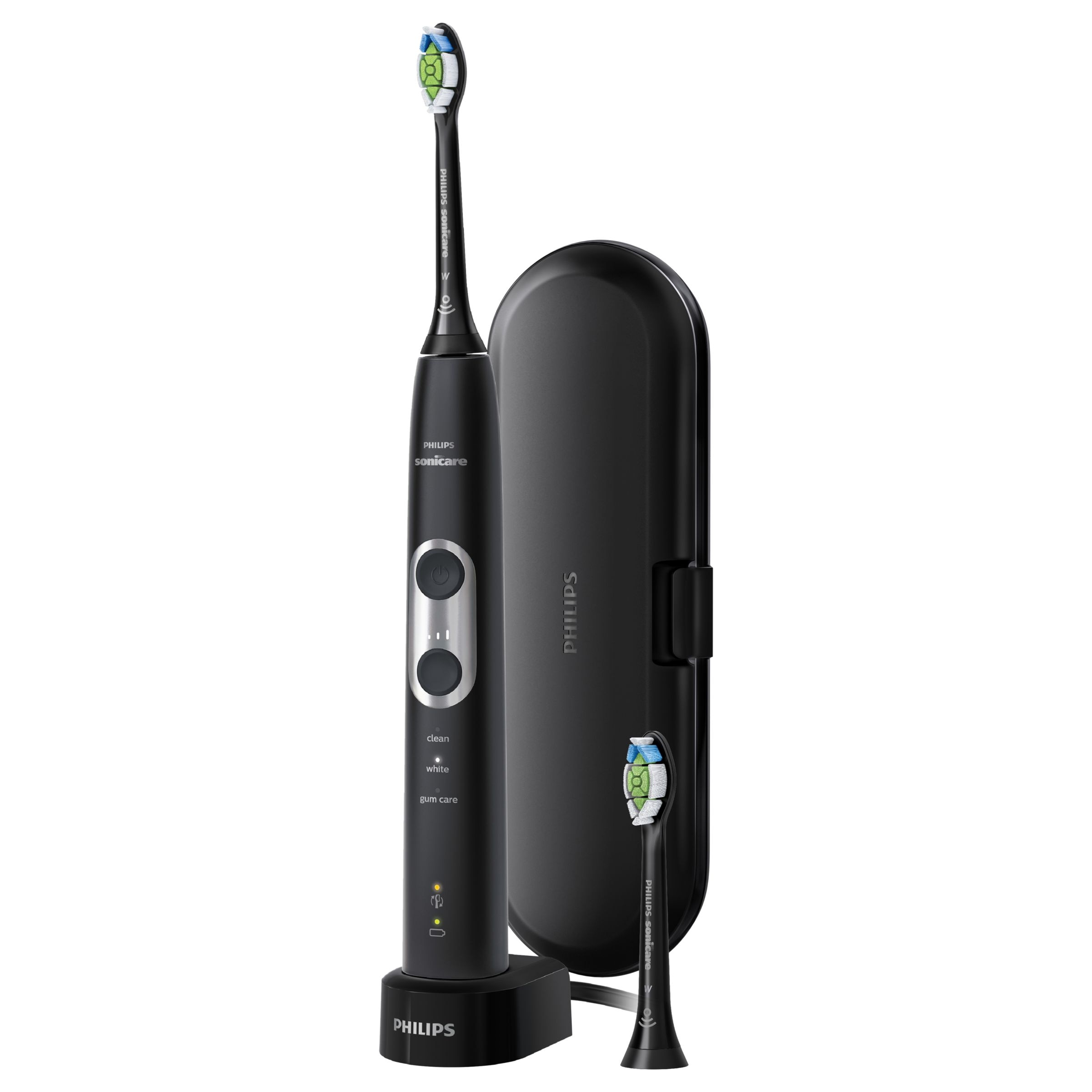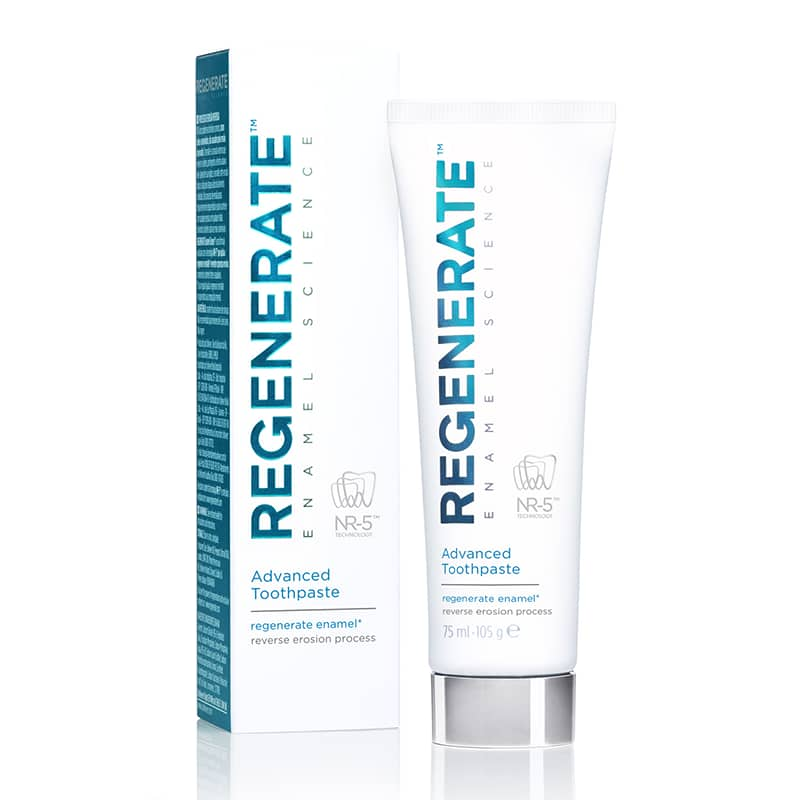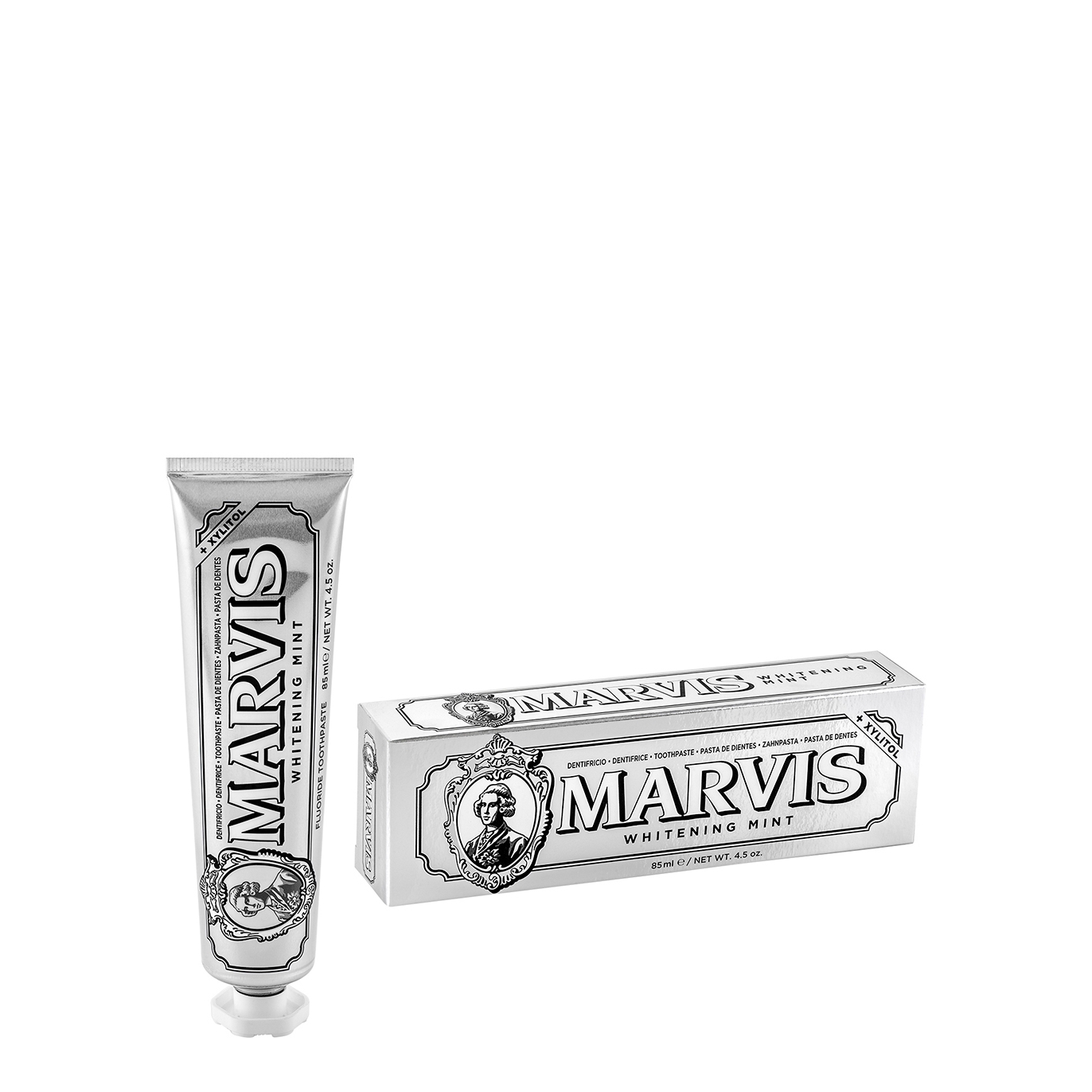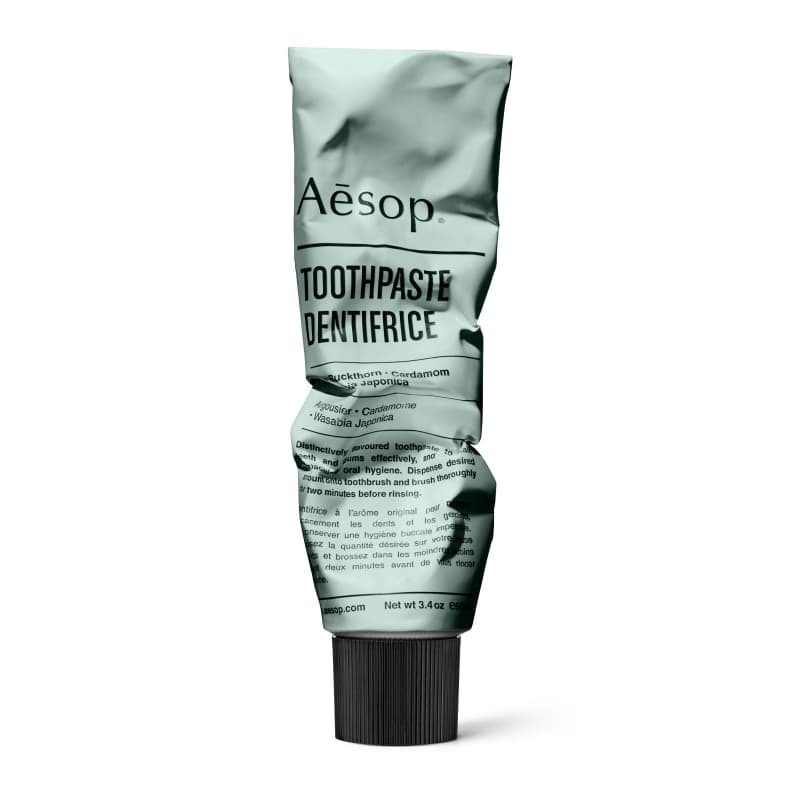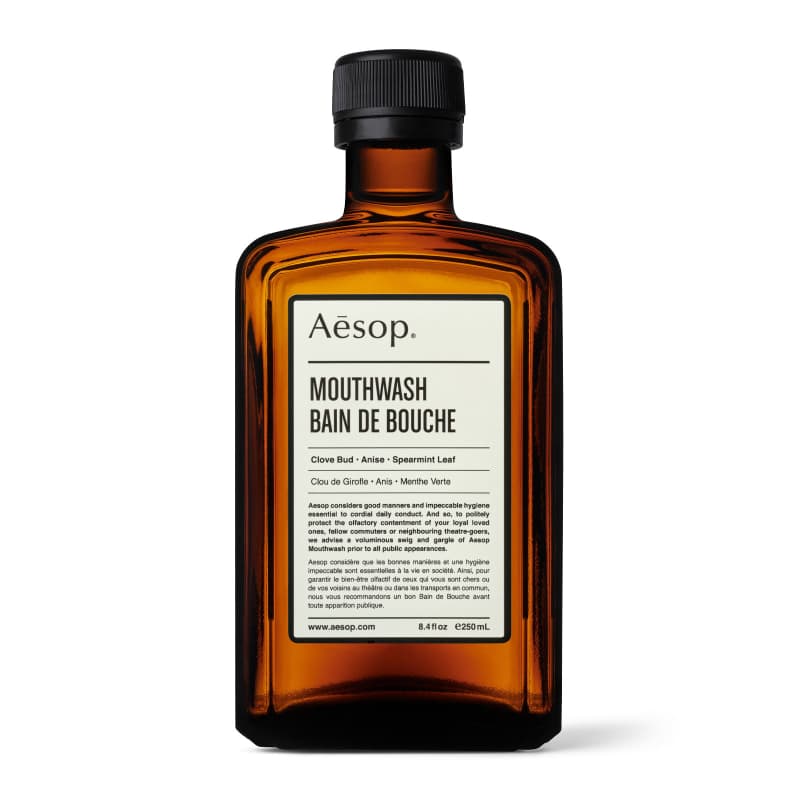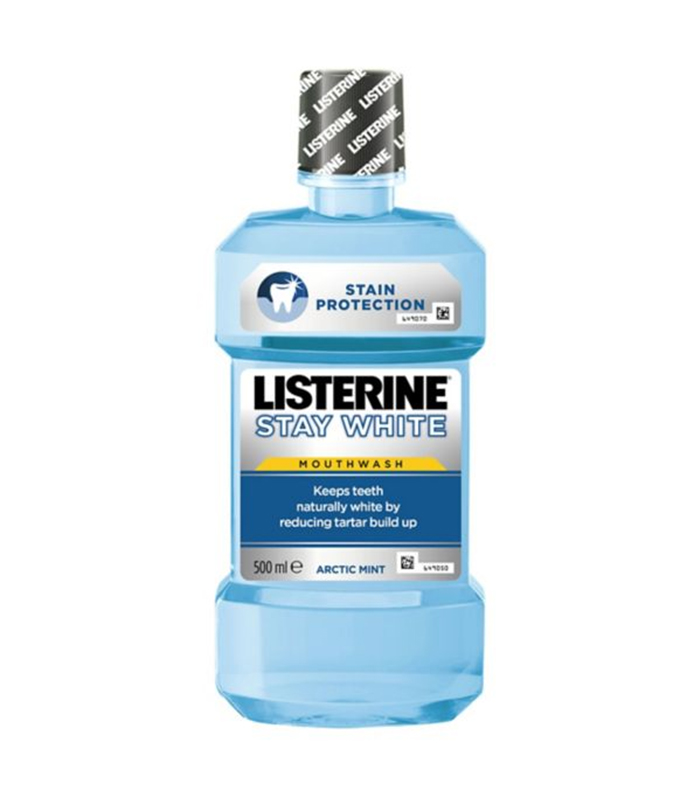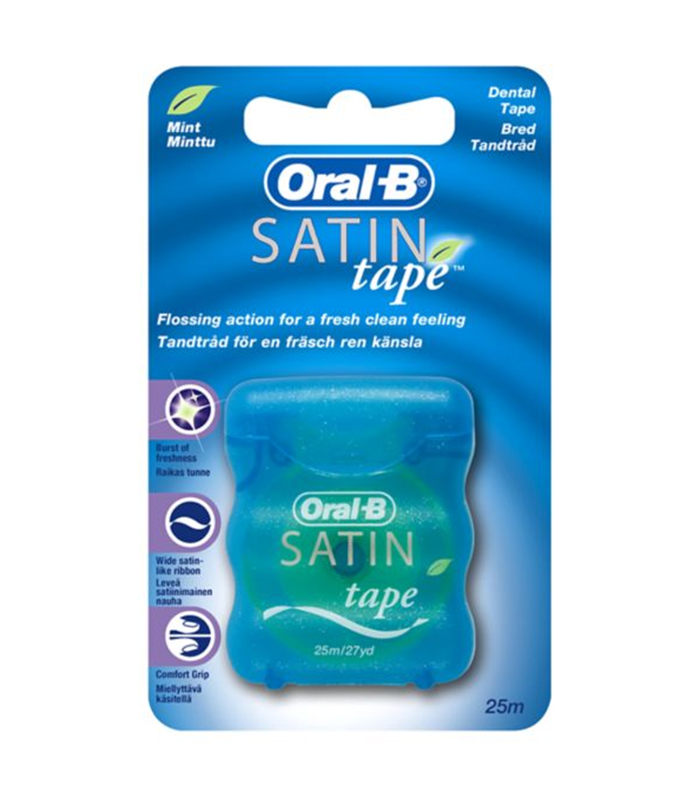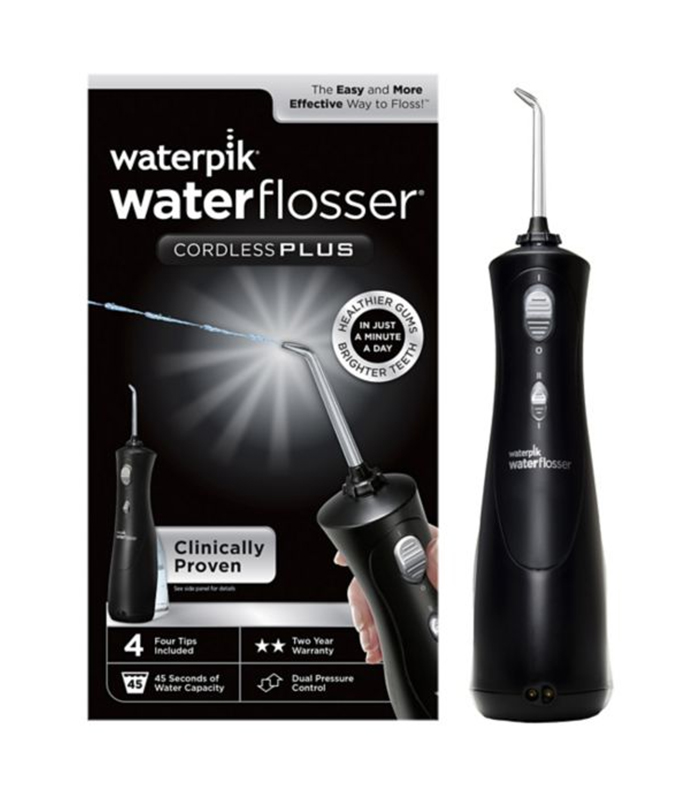This Is How to Safely Whiten Your Teeth at Home, According to the Experts
Let me get one thing straight: I hate going to the dentist. Like, way more than your average person hates it. Despite ongoing sensitivity issues and a molar that is a little worse for wear, I have put off booking an appointment for months. But now, I’ve never been more desperate to be in that dentist’s chair.

You see, over the last couple of months, not only have my aforementioned dental issues worsened a little, but the appearance of my teeth as a whole has plummeted. Whether it’s because of the amount of tea I have been stress-drinking or just because it’s been a while since my last appointment, my previously pearly whites have descended into a state of yellow-tinged dismay. And I’m desperate to do something about it.
Wary that my teeth probably aren’t in a particularly strong state right now, I’m cautious that I should probably speak to a professional before I engage in any sort of at-home teeth whitening. Luckily, I’ve got a few on hand to help. So in a bid to help everyone (myself) get to grips with how to brighten up your pearly whites at home without causing damage, I reached out to those most in the know. Keep scrolling for everything you need to know about whitening your teeth at home.
The Dangers

Before we get into this, it’s really important to understand the dangers that come alongside teeth whitening. Experts advise that teeth whitening should always take place in a clinical setting or (if the treatment that your dentist uses involves it) bespoke at-home kits made by the dentist after a thorough consultation. "In general, if the system is not supplied by a dentist, it can either have limited results or be totally ineffective,” says Mark Hughes, a cosmetic dentist for Define. "Professional whitening systems all use peroxide as the method to bleach out stains in teeth. In the UK and Europe, the concentration of peroxide agents legally allowed in over-the-counter kits are low compared to other countries,” he explains.
So why are so many at-home teeth whitening kits considered dangerous? "The danger lies with systems bought online, as there is no way of knowing the concentration of the peroxide being supplied (if at all), or worse still, if acidic bleaching agents are being used to claim they are peroxide-free. In essence, these start dissolving the enamel away,” says Hughes.
In terms of what such things can do to your teeth, it’s not great news. Fake or unlicensed products available for purchase online are rife, and they can be difficult to identify. Krystyna Wilczynski, a cosmetic dentist at White & Co, explains, "Damage from unlicensed products can come in the form of gum recession, tooth over-sensitivity, enamel wear and damage to the teeth nerves.”
So without a trip to the dentist for regulated and effective kits, what are our options right now? It turns out there are some very simple dos and don’ts.
DON'T: Use Strips

As previously mentioned, here in the UK, legal limits mean any sort of bleaching agents used in over-the-counter kits are only marginally effective, and some dentists argue they don’t work at all. Anna Middleton, award-winning dental hygienist and founder of London Hygienist, says, "The active ingredients to whiten teeth, hydrogen peroxide and carbamide peroxide, are only legally available in products from a dental practice following a change in the law in 2012 to ensure whitening was regulated.”
However, such laws don’t limit us from purchasing more effective strips from overseas. Most notably, Crest’s famous whitening strips. So are there any real dangers from using these? "Crest strips are at a higher percentage than is legally allowed in the UK. The danger with using these products is not using them correctly [e.g., leaving them on too long], so I do not recommend them,” says Wilczynski.
However, Hughes suggests that they could be a safe option for most, providing you have an examination first. "Options such as Crest strips that have, for example, been bought while visiting the U.S. are in my opinion safe for most people. But it would always be wise to get a dentist to examine your teeth and gums first in case there is an existing condition that could cause harm,” he says.
DO: Think About Food

Here’s one for me. The overwhelming advice for keeping your teeth white during these times from dentists is simply to watch what you eat. "My main advice is to avoid, as much as possible, any food and drink that can stain the teeth,” says Wilczynski. And yes, that includes tannin-containing coffee and tea, red wine, fruit juices, berries and curry.
DONT: Use Over-the-Counter Trays

Whitening trays are often used in both clinical treatments and at-home treatments prescribed by dentists. They involve applying a whitening gel (that uses a high-percentage bleach) into a bespoke tray and placing it over the teeth for a certain amount of time. However, over-the-counter products do also exist. And despite the dangers of the gels being unregulated (or ineffective) and ill-fitting trays causing damage and patchy results, there’s actually another characteristic that has dentists confused.
Chances are you have seen LED whitening trays on your Instagram feed. And while they look cool and probably feel as though they’re doing something good, chances are they’re not. "When used in a dental setting, LED lights stimulate the bleach to kick-start the whitening process, but the at-home lights will be of little use,” says Wilczynski.
In fact, even the effectiveness of LED lights in clinical settings is questionable. Hughes adds, "Whitening gels have to be specially formulated to work with certain types of light frequencies. Even the ones we use in the clinics have a minor contributing effect to the overall result. Usually, in these sorts of products, the light is a gimmick and only has a placebo effect.”
DO: Brush Well
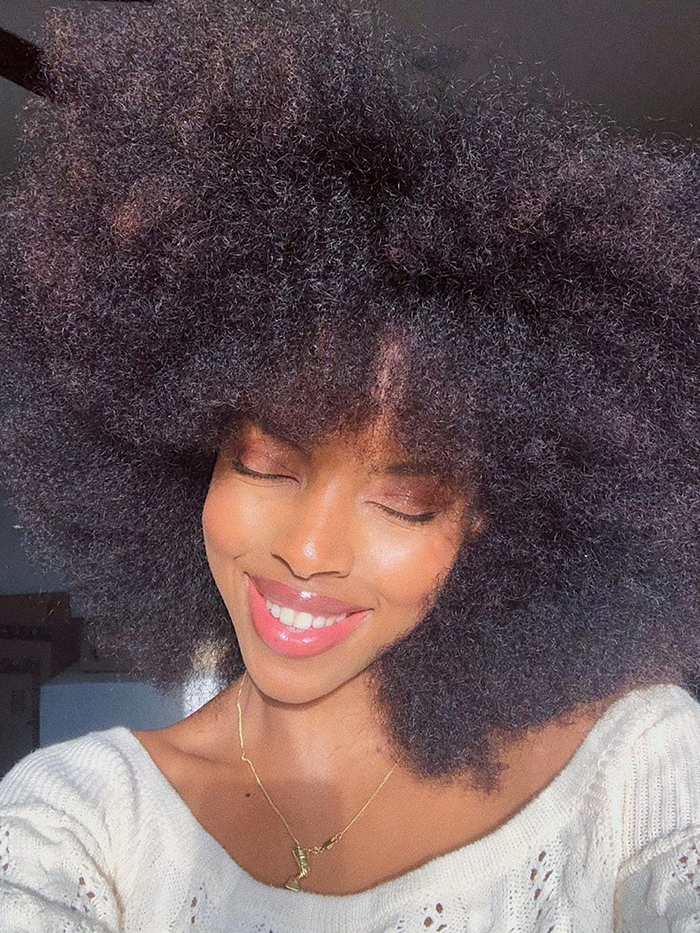
Essentially, right now, the best and most effective way to keep your teeth looking white is simply down to hygiene. "My advice during lockdown is to keep your teeth clean by brushing twice a day, flossing once a day at least and using a whitening toothpaste [but steer clear of abrasive, natural concoctions]. This helps reduce stains, keep plaque and tartar levels low and keeps gums healthy,” says Hughes.
And sadly, although we all think we might be doing what it takes when it comes to brushing and cleaning, a huge number of us aren’t brushing properly. "You should be using an electric toothbrush morning and night for two minutes and ensure you change the brush head every three months,” says Middleton. "Glide the brush across teeth and gums gently, allowing the brush to do the work. Use a light grip and apply light pressure. Don’t scrub,” she adds.
And interestingly, what we do after we’ve finished brushing could also be a make-or-break factor in how well our teeth are holding up during this time. "Spit your toothpaste, but don’t rinse your mouth. If you use a mouthwash, use it at a separate time. If you rinse straight after brushing, you wash away beneficial toothpaste ingredients such as fluoride, which helps to prevent decay,” warns Middleton.
Shop Oral Hygiene Products
Shannon Lawlor is the beauty director at Who What Wear UK. With over a decade of experience working for some of the beauty industry’s most esteemed titles, including Marie Claire, Glamour UK, Stylist and Refinery29, Shannon’s aim is to make the conversation around beauty as open, relatable and honest as possible. As a self-confessed lazy girl, Shannon has an affinity for hard-working perfumes, fool-proof makeup products and does-it-all skincare.

